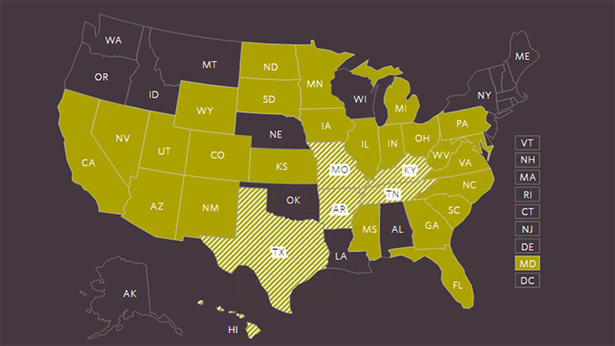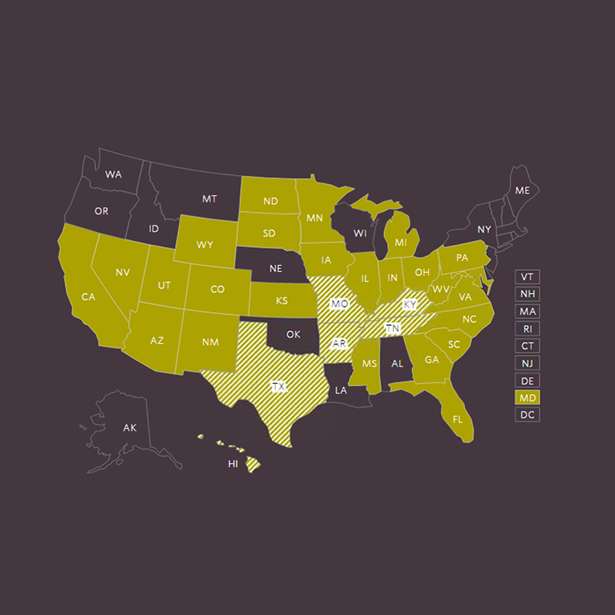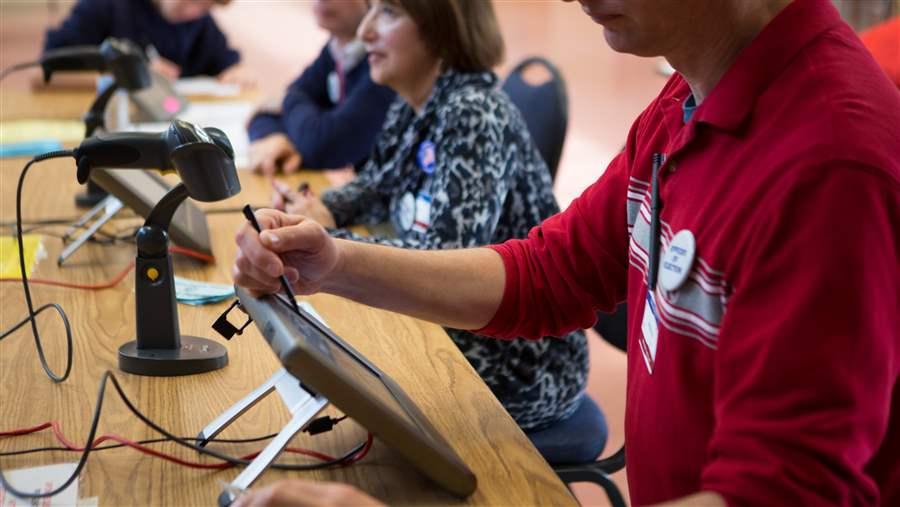New Interactive Tool Tracks Use of Electronic Poll Books Nationwide
This page was updated on April 11, 2017 to refine language on North Carolina’s potential use of images in e-poll books.
Electronic poll books—also known as e-poll books or EPBs—are digitized voter registries, used in place of paper lists to check in voters at polling places, which are gaining popularity in jurisdictions around the country because they help improve the efficiency and ease of citizens’ voting experiences. To examine trends in implementation, identify emerging best practices, inform users about innovations and potential improvements, and help guide states as they consider adopting or updating e-poll book systems, The Pew Charitable Trusts has released a new interactive tool that tracks state and local adoption and summarizes survey findings on e-poll book use across the nation.
E-poll books can perform a variety of functions that paper rolls cannot, such as ballot production, same-day registration, and verification of ballot totals after polls close. Jurisdictions in at least 27 states use e-poll books, but the design, function, and maintenance of those systems vary widely. Pew collected and compared information on five topics related to e-poll books:
- Whether a state required legislation to adopt EPBs.
- Who developed the necessary software and hardware.
- The functions and features that each state’s EPB offers.
- Whether EPBs within a state are linked locally or via the internet.
- What voter information is collected and stored.
State and county approaches to e-poll book technology vary depending on the size and needs of their electorates. Some states leverage existing technologies, such as proprietary vendor software or their own online voter registration systems, and two states—Colorado and Utah—developed new e-poll book software from the ground up. The scope of the data stored in and collected by the system also differs based on several factors, including the contents of a state’s voter records and desired functionality. For example, North Carolina retrieved image data from motor vehicle licensing databases and is investigating the possibility of including license photos in the digital voter file.
In their responses, the surveyed states acknowledge challenges in developing, financing, and implementing e-poll book systems, but nevertheless, those that made the switch universally recommend their use.
Alexis Schuler is a senior director and Keara Castaldo is a senior associate for election initiatives at The Pew Charitable Trusts.
Follow us on Twitter using #electiondata and get the latest data dispatches, research, and news by subscribing today.


America’s Overdose Crisis
Sign up for our five-email course explaining the overdose crisis in America, the state of treatment access, and ways to improve care
Sign up

A Look at How—and How Many—States Adopt Electronic Poll Books
Legislative and technological approaches vary widely as systems gain popularity across the nation










